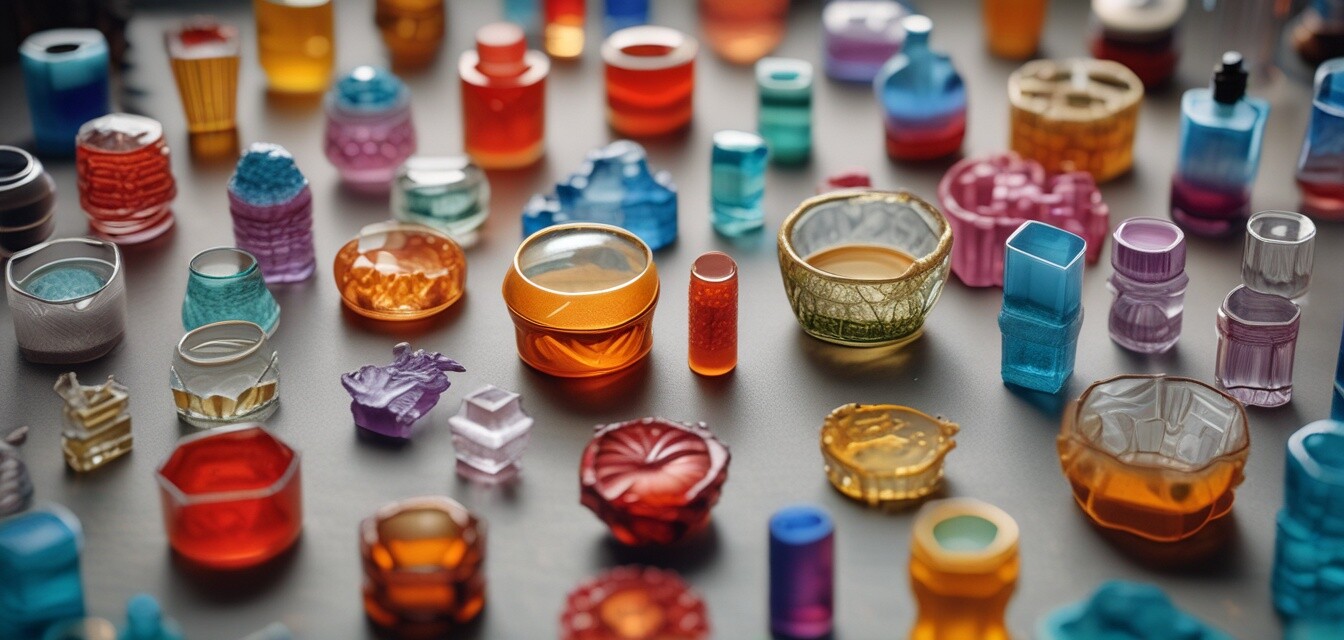
How to Achieve Precision in Glass Mold Making
Key Takeaways
- Accuracy in measurements is crucial for successful glass mold making.
- Utilizing design software can streamline the mold creation process.
- Choosing the right materials enhances the quality and precision of the final product.
- Experimenting with different techniques can lead to innovative designs.
- Regular maintenance of tools and molds ensures long-lasting precision.
For anyone looking to create stunning glass pieces, understanding how to achieve precision in glass mold making is essential. Whether you’re crafting decorative bowls, plate designs, or intricate jewelry, the accuracy of your molds directly impacts the quality of your final product. In this article, we’ll explore techniques that help you ensure precision, from measurement tips to selecting the right materials.
Understanding the Importance of Precision
Precision in glass mold making is paramount because even minor inaccuracies can lead to flaws in the finished product. Molds are the backbone of your design, dictating shape, size, and detail. Therefore, focusing on precision not only enhances the beauty of your work but also contributes to the overall structural integrity of your pieces.
Tips for Achieving Precision
1. Accurate Measurements
Every successful mold begins with accurate measurements. Here are some ways to ensure precision:
- Use high-quality measuring tools: Invest in calipers and digital scales for better accuracy.
- Double-check your measurements: Always verify measurements before moving to the next step.
- Account for material shrinkage: Different materials may shrink at different rates, which is important for mold size.
2. Utilizing Design Software
Modern design software can be a game-changer in glass mold making. Programs like CAD (Computer-Aided Design) can help you:
- Create precise drawings: Digital models help visualize your designs accurately.
- Simulate mold processes: Identify potential issues before starting the physical work.
- Adjust designs easily: Make quick alterations without starting from scratch.
3. Selecting High-Quality Materials
The materials used for both the molds and the glass are equally important. Consider the following:
- Mold materials: Look for durable options that maintain their shape over time.
- Glass type: Use consistent glass types for uniform results in your projects.
- Compatibility: Ensure that your mold materials are compatible with your glass-making techniques.
Common Techniques for Precision in Mold Making
There are several techniques that can be employed to ensure precision in glass mold making:
| Technique | Description |
|---|---|
| Fused Glass Molding | Combining layers of glass by firing to create a more complex design. |
| Slump Molding | Shaping glass over a mold by dropping it into a heated space. |
| Casting | Pouring molten glass into a pre-shaped mold for intricate designs. |
| Stencil Molding | Using stencils to create precise shapes and patterns in glass. |
Regular Maintenance for Precision
Maintaining your tools and molds is vital for achieving high precision continuously. Here are some maintenance practices:
- Clean your molds thoroughly: Residues can affect future glass work.
- Inspect for wear and tear: Regularly check for any signs of damage to your molds.
- Store equipment properly: Ensure molds are stored in a safe and organized manner to avoid damage.
Conclusion
Achieving precision in glass mold making requires attention to detail, the right tools, and techniques. By focusing on accurate measurements, utilizing design software, selecting high-quality materials, and regularly maintaining your equipment, you can elevate the quality of your glass art. To discover more about different aspects of glass making, check out our [glass molds category](/products/glass-molds), and feel free to explore related techniques in our [glass kilns blog](https://transformyourcraft.com/blog/glass-kilns) for a comprehensive view.
Tips for Beginners
- Start with simple designs and gradually take on more complex projects.
- Don't hesitate to ask for help or seek advice from experienced glass artists.
- Experiment with various materials and techniques to find what suits your style best.
Pros
- Enhanced creativity through unique mold designs.
- Improved precision leads to better-quality products.
- Opportunity for professional developments in glass artistry.
Cons
- Initial costs for tools and materials can be high.
- Requires practice and patience to master techniques.
- Space requirements for tools and molds can be significant.

